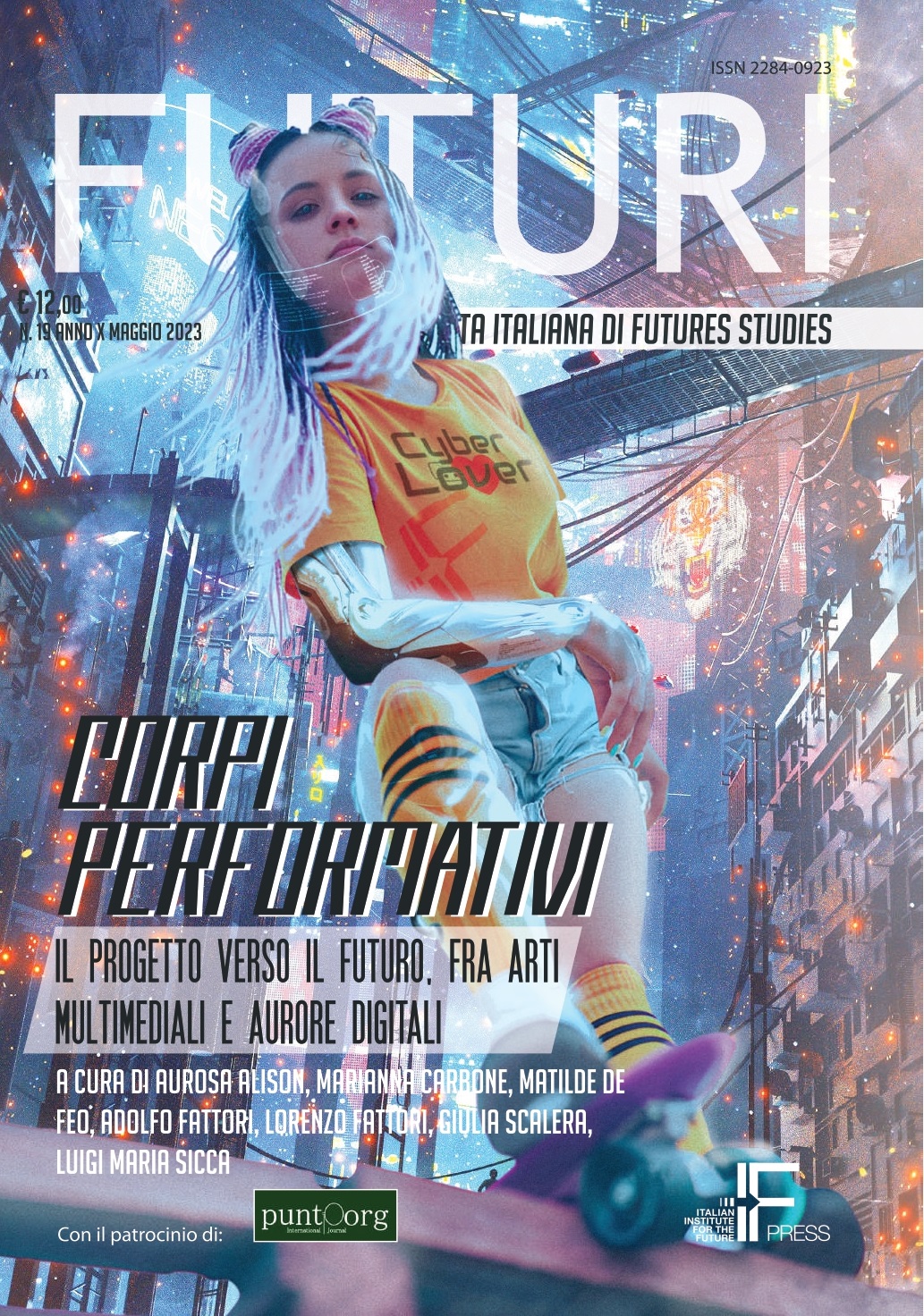Abstract
The museum has been the spearhead of Western and modern culture, but also a con-
troversial and contradictory instrument. If it revealed, as early as the Hellenistic age, its
function of isolating, preserving and exhibiting beauty, separating it from everything else,
only in recent centuries has it distinguished itself as the place par excellence for separat-
ing art from everyday life, cultural heritage from ordinary existence, high culture from
low culture, the centre from the peripheries. The reflection proposed here is triggered
by the short-circuit of such a system, when, with the complicity of the cultural industry
and the urban scenes, art institutions no longer hold the monopoly of beauty, which, on
the contrary, eludes them with insistence, where the work is welcomed and digested in
the womb of everyday life – becoming everyday life. This process does not so much and
only imply the aestheticisation of ordinary existence, but its definitive reification within a
techno-magic paradigm that places the human being in second place to the world in which
he is immersed. He thus finds himself entangled in a logic of enchantment that directs and
subjugates him in a dimension larger than himself.

